Sakuranbo Syndrome (Cupid’s Prank II: Cherry Syndrome, Cupid no Itazura II, さくらんぼシンドローム クピドの悪戯II), 2006-2009, Kitazaki, Taku, Young Sunday (Weekly)
STORY: 2
Meet Munenori Agawa, your everyday manga office worker. His life takes an ‘exciting’ turn when, for the sake of altruism, he has to french kiss a kid everyday!
Here is how I imagine the story was born. One day in the editor’s office, the mangaka Kitazaki Taku was pitching for his new series:
“I have a plot for an adult-love triangle story.
– Ok, but there’s already so many, how will you set your story apart?
– Well one of the girl will be 10 years old.
– No way, pedophilia will block us from the mainstream market!
– Wait. I have a trick, the girl is actually 19 but she has a disease that makes her body younger, this way we can offer the thrill of child sex while staying legal!
– えーーー?!(ehhhhh?!) You are a genius, let’s publish this!”
And here you have the gist of what Sakuranbo Syndrome is about. Besides the borderline pedo-pornography, the love triangle is better executed than average thanks mainly to the depth given to the characters.
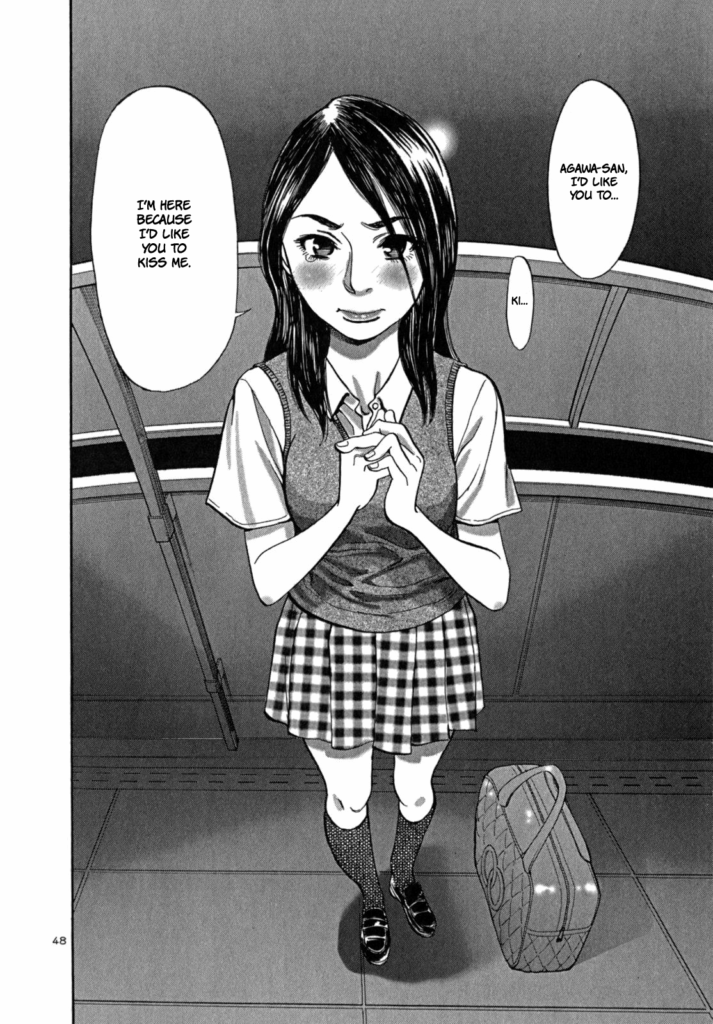
ART: 6
Art is only focused on the characters and is good at rendering emotion and interactions.
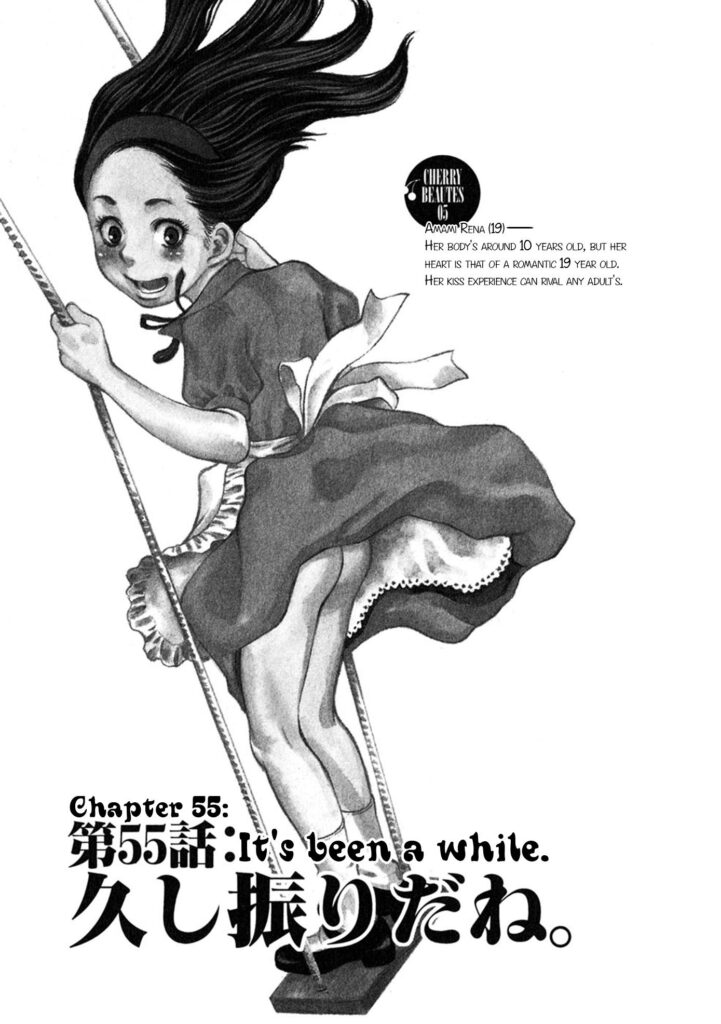
POLITICAL POTENTIAL: 3
Using sex with a kid as a turn on is quite political, not in a good way. Make no mistake: this exact story could be told without sexualizing the body of a 10 years old. But, the manga is very purposefully using an erotic gaze all over the kid. If the author wanted to be subversive with the age thing, he should have used accelerated-aging (the opposite) so the hero had to kiss a grandma! It’s curious that the editors did not choose that.

FEMINISM: 3
Besides the problematic child/love interest, we have Agawa, the male character, as the typical indecisive hero that is unable to communicate correctly, as is usual in that type of story. That depiction of men cowardly hiding issues and emotions is a common problem in romance manga. This lack of communication is normalizing toxic masculinity by preventing men from connecting with other people. Instead, they pile things up and let them out through outbursts of anger or even violence. Agawa is possessive, even with the kid he is only supposed to help medically; he has some tantrums because his girlfriend is higher in the social hierarchy (compare that to the “Pretty woman” stories of modest girls, loving being the interest of men with high status); and he lies frequently to the person he loves, all that while being a hero and never being condemned by the scenario. Now, try to imagine a woman doing the same stuff, would she be as generously forgiven in the story?
How about some gay diversity?
There’s some lesbianism in the manga and it comes in two flavors: first, for the love triangle there’s the classic ‘do two girls at once to please the man’. For the second flavor, there’s another independent lesbian character and she is a mean, repulsive pervert.
We also have a gay male. And guess what? He is the worst sick-and-corrupt character of the story.
Nice message here, where the only good homosexuality is the one where women have sex together for the enjoyment of a guy.
At least, the character of Asou, a female colleague, is quite interesting as her struggles as a lover, an older woman and a business worker are empathically depicted. It’s also worth noting that she is a woman that enjoys sex without it being ridiculed or seen as something wrong like in many manga.
CONCLUSION: 3
A uncomfortable love triangle that would have been much better without that disgusting ‘sexy-10-year-old-girl novelty’.
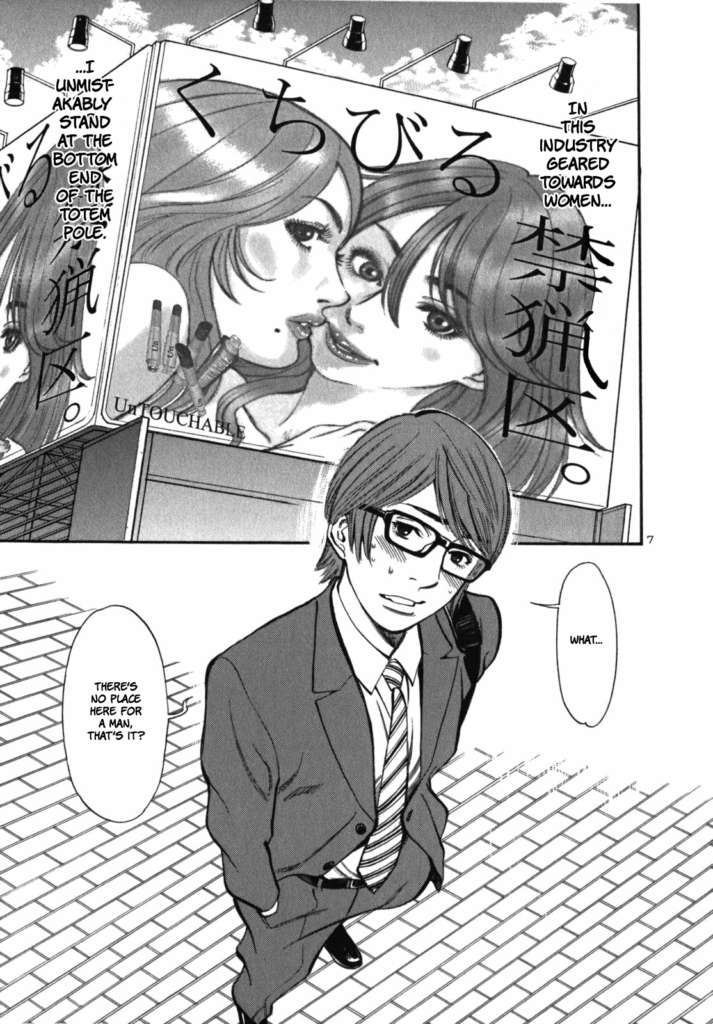
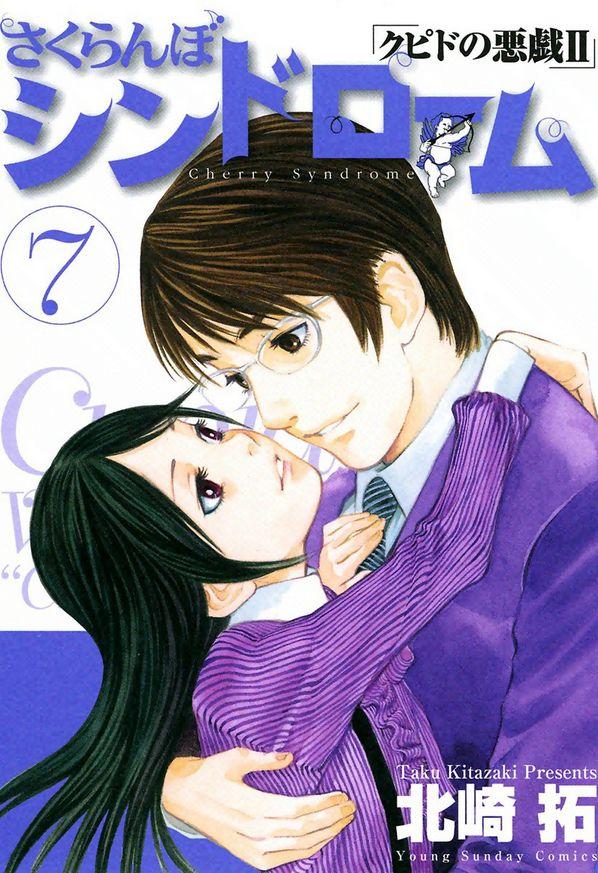
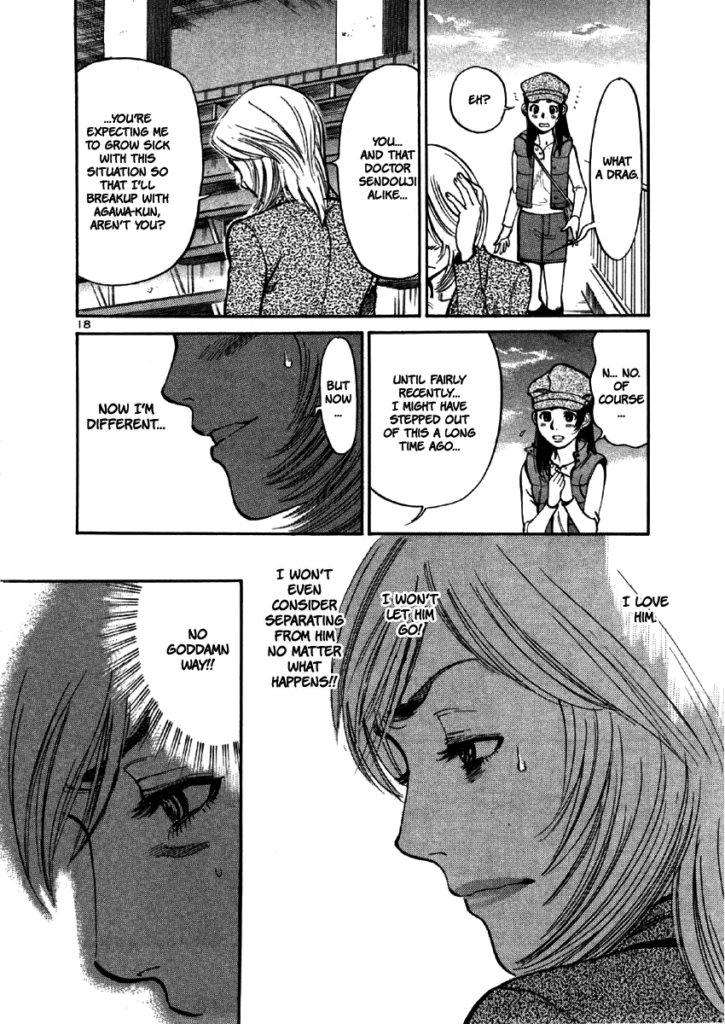
Leave a Reply